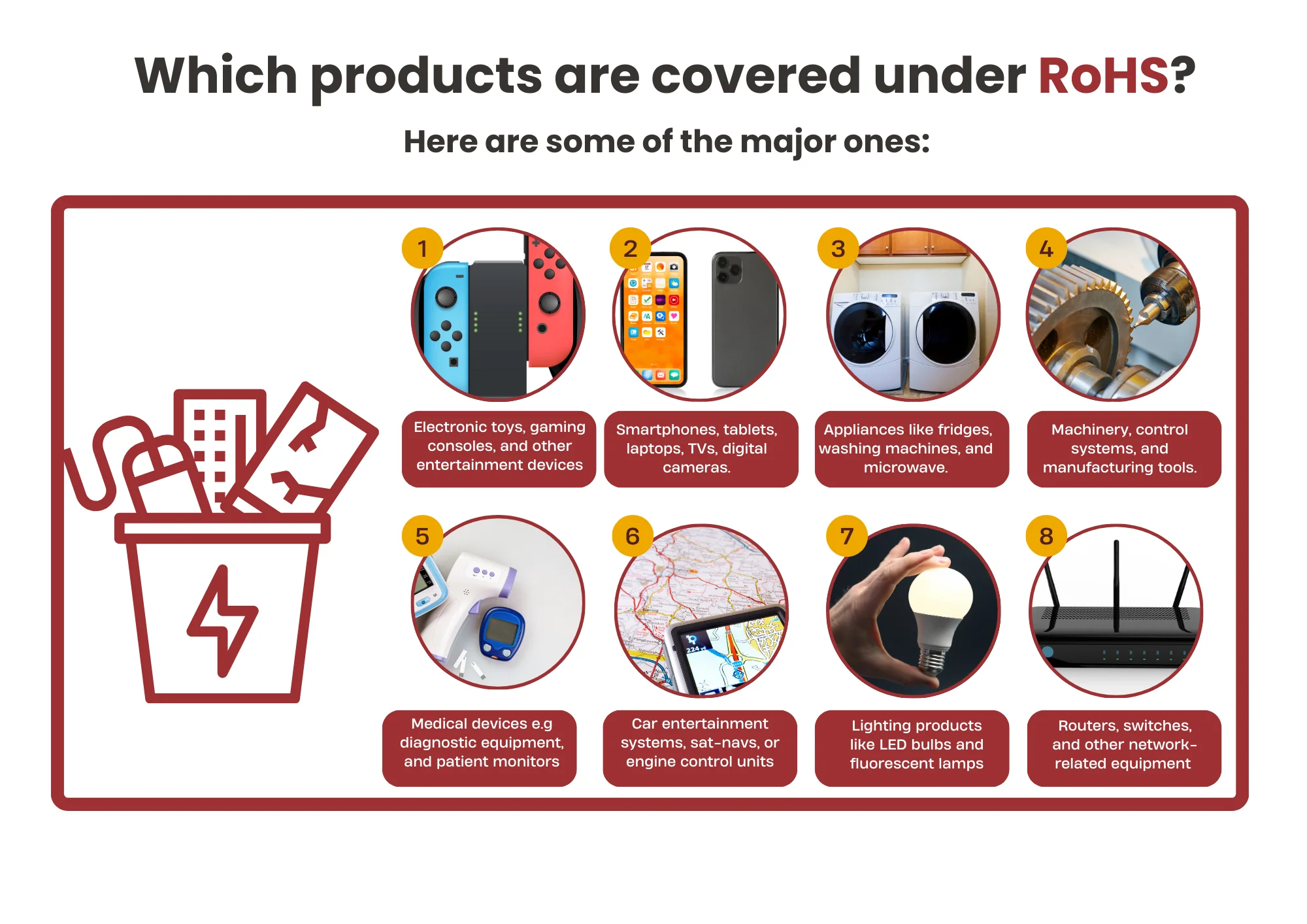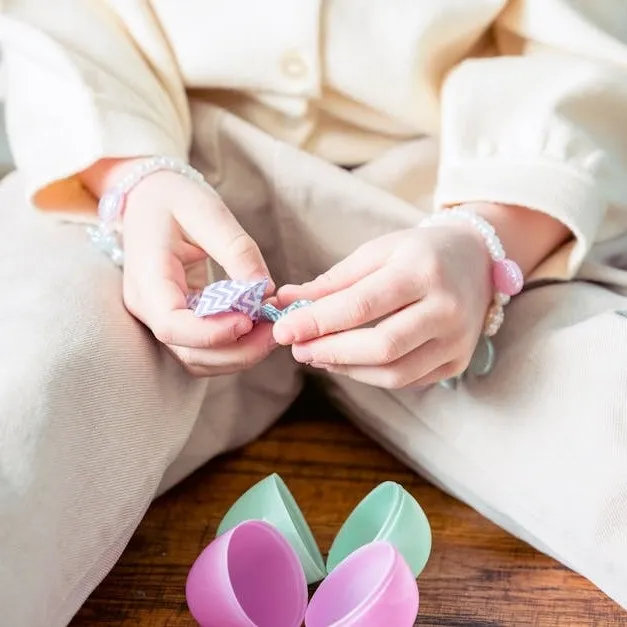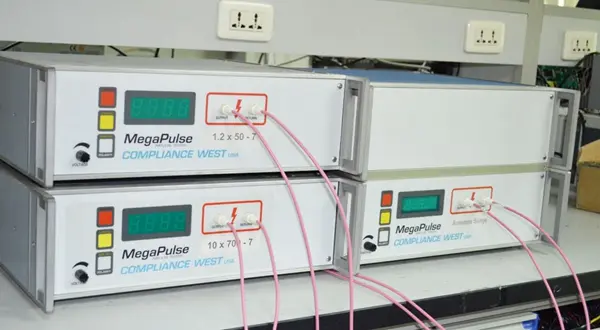
Introduction to UL94 Flammability Testing
The UL94 flammability rating is the most widely used international standard for evaluating the flammability of plastic materials. It assesses a material's ability to self-extinguish after being ignited. Various testing methods are used to evaluate burning speed, combustion duration, anti-drip capability, and whether flaming droplets ignite other materials. Common plastic materials tested include PVC, PP, ABS, PS, PET, and more.
UL94 Flammability Ratings
There are 12 UL94 flammability ratings:
HB, V-2, V-1, V-0, 5VB, 5VA, VTM-2, VTM-1, VTM-0, HBF, HF-2, HF-1.
These ratings fall into different groups (HB, V, 5V, VTM, and HF), each with its own testing methods and criteria. A single material can have different ratings depending on its color or thickness. Other thickness-related performance tests include HWI, HAI, HVAR, GWIT, GWFI, etc.
For general plastics, flammability ratings increase in severity as follows:
HB < V-2 < V-1 < V-0 < 5VB < 5VA
(Note: To obtain a 5V rating, a material must first pass the V-series tests before proceeding to the next level.)
- VTM-0, VTM-1, and VTM-2 are for thin plastic materials such as flame-retardant tapes, plastic films, and labels.
- HBF, HF-1, and HF-2 apply to foam materials.
Common UL94 Testing Methods
1. HB Horizontal Burning Test (HB – Horizontal Burning)
- Test method: The sample is placed horizontally, ignited at one end, and the burning speed and length are measured.
- Criteria:
- For samples 3.0–13.0mm thick, the burning speed must not exceed 40mm/min over a 75mm span.
- For samples thinner than 3.0mm, the burning speed must not exceed 75mm/min, or the flame must self-extinguish before reaching a 100mm reference mark.
2. V-0, V-1, V-2 Vertical Burning Test (Vertical Burning)
- Test method: The sample is placed vertically, ignited at the lower end, and observed for burn time and whether flaming particles ignite cotton below.
- Rating distinctions:
- V-2: After two 10-second flame applications, afterflame and afterglow must extinguish within 60 seconds. Flaming droplets ignite cotton.
- V-1: Same as V-2, but flaming droplets do not ignite cotton.
- V-0: After two 10-second flame applications, afterflame and afterglow must extinguish within 30 seconds, and flaming droplets do not ignite cotton.
3. 5VA, 5VB High-Intensity Vertical Burning Test (Vertical Burning with Higher Flame Intensity)
- Test method: This is a more stringent test with two stages. First, a vertical strip sample undergoes a flame test. If it passes, a plate sample is tested.
- Rating distinctions:
- 5VB: After five 5-second flame applications, afterflame and afterglow must extinguish within 60 seconds. Flaming droplets do not ignite cotton. Burn-through is allowed for block samples.
- 5VA: Same as 5VB, but afterflame and afterglow must extinguish within 30 seconds. No burn-through is allowed for block samples.
*Important Note: Thin materials cannot be tested under the V-ratings because they may warp or distort under heat. Instead, they are tested using the VTM method. The VTM test is only used when a material fails or is unsuitable for V-rating tests.
Importance of UL94 Testing
1. Ensuring Product Safety
- UL94 testing evaluates how plastic materials behave in a fire, helping manufacturers select materials that reduce fire risks.
2. Compliance with Regulations
- Many countries and regions have flammability requirements for electronic devices, home appliances, and other products. UL94 certification ensures compliance.
3. Enhancing Market Competitiveness
- Products using UL94-certified materials have a competitive edge, especially in industries where safety is a priority (e.g., automotive, aerospace, medical devices).
4. Reducing Legal and Liability Risks
- Using UL94-certified materials can help minimize lawsuits and financial liabilities from fire-related accidents.
Applications of UL94 Testing
UL94 testing is widely used across various industries, including:
1. Electronics & Electrical Industry
- Used to evaluate circuit boards, casings, connectors, and other plastic components.
2. Automotive Industry
- Ensures interior materials, cable sheaths, and functional parts meet flammability requirements.
3. Construction Industry
- Tests insulation materials, piping, and building components for fire resistance.
4. Consumer Products
- Used for home appliances, toys, lighting fixtures, and other plastic-based consumer goods.
Email:hello@jjrlab.com
Write your message here and send it to us
 EMC Pre Compliance Testing
EMC Pre Compliance Testing
 PAHs Testing (Food and Textile)
PAHs Testing (Food and Textile)
 Where to Apply for the EU RoHS Test Report?
Where to Apply for the EU RoHS Test Report?
 Children’s Products and Toy Testing
Children’s Products and Toy Testing
 What is a GB 31701 Test Report?
What is a GB 31701 Test Report?
 UN 38.3 Transportation Test
UN 38.3 Transportation Test
 Toxicological Risk Assessment of Medical Devices
Toxicological Risk Assessment of Medical Devices
 How to get the Vacuum Cleaner UL 1017 Test Report?
How to get the Vacuum Cleaner UL 1017 Test Report?
Leave us a message
24-hour online customer service at any time to respond, so that you worry!




